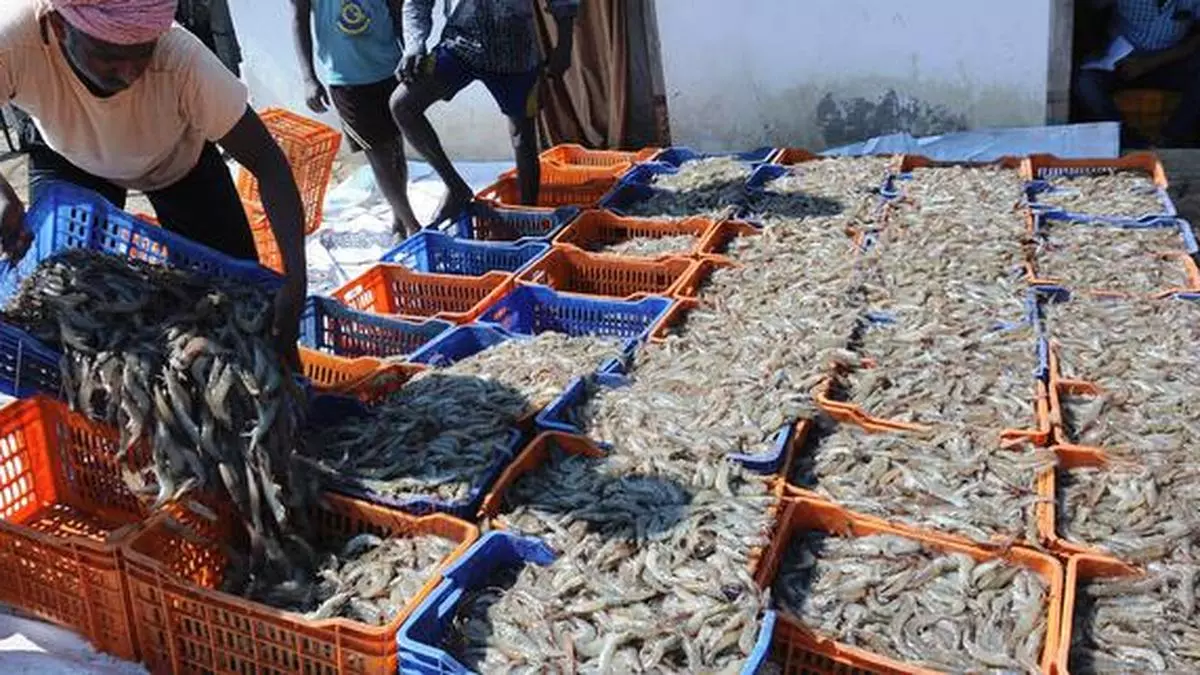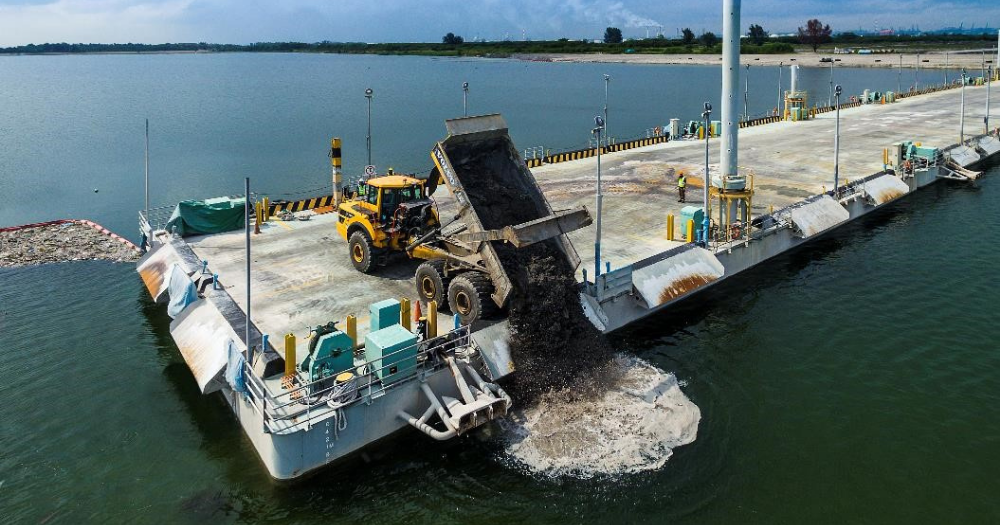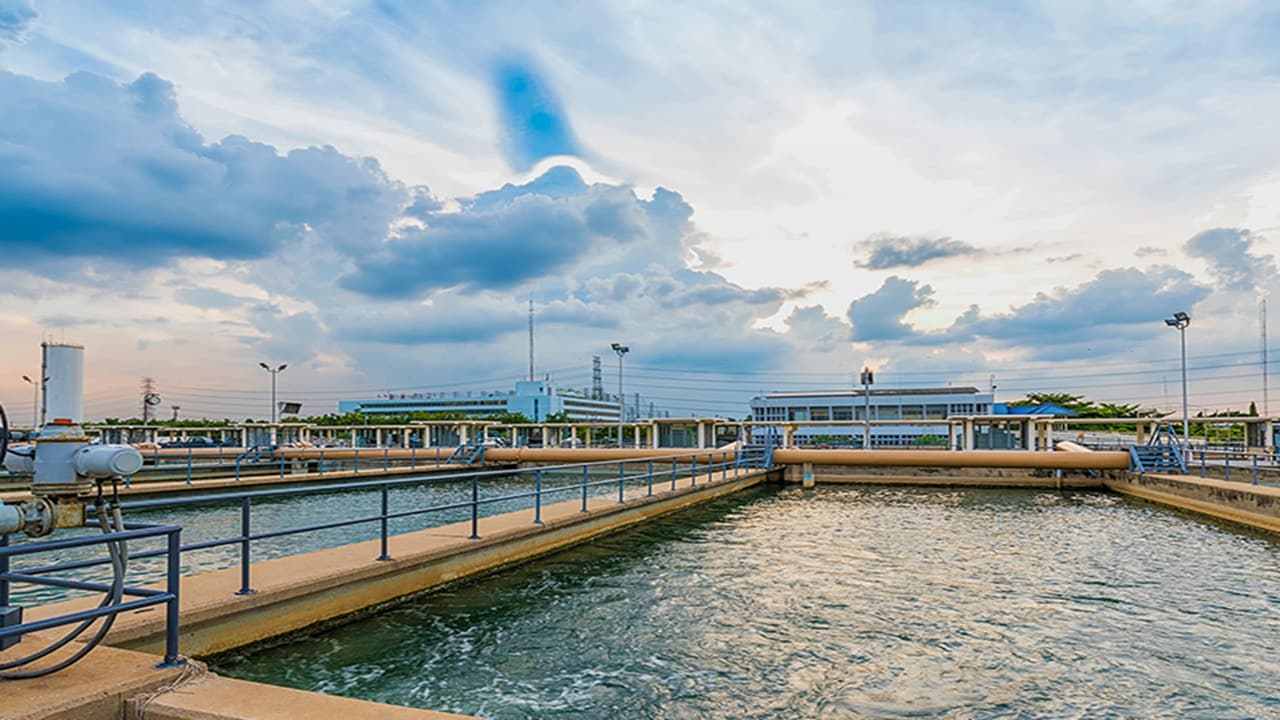
Leveraging on its raw materials abundance, technological prowess, and increasing soft power, India stands poised to evolve from being a bulk commodity supplier to a global leader brand. India presents a compelling paradox in the global seafood industry. Ranking among the world’s top five seafood exporters, India recently achieved an all-time high export volume of 1.
78 million tonnes (mt) of marine production, valued at ₹60,523.89 crore ($7,381.89 million).

Yet Indian seafood struggles with strong brand value. While Norwegian Salmon, Japanese Sushi, Mediterranean Sea bass, and others command immediate recognition and premium value, Indian seafood is still waiting to carve out a similar global identity. The disparity is more baffling when we look at the data.
Norway’s seafood industry commands a market capitalization exceeding $25 billion and an export value of over $16 billion. In stark contrast, India, the world’s third-largest seafood producer, generates ten times Norway’s volume—an astounding 17.5 mt annually.
Yet, its market capitalisation stands at less than one-tenth of Norway’s (under $2 billion), with an export value that falls way further behind. One could argue that India is not in a position to extract similar value in any food supply chain with the resources at hand. However, unlike other food commodities, seafood presents a unique opportunity—it caters to high-value, high-capita markets such as the US and Europe.
Imagine if India ups its game in terms of extracting value per tonne, similar to some of the frontier suppliers like Norway, Japan, and Thailand; we are looking at potentially transforming this sector into a mammoth $80 billion export powerhouse. This is an enormous value-creation opportunity. To put this in perspective, for the world’s second-largest agrarian country, India – seafood export alone could grow to become almost twice the size of cumulative agri export, which is now pegged at nearly $50 billion.
First, global brand identity. Walk through any international supermarket, and you’ll notice a pattern. Norwegian salmon commands premium shelf space, Chilean sea bass is sought after, Thai and Japanese seafood dominate the ready-to-eat sections.
Indian supply, even as it significantly stocks shelves across seafood counters, remains largely anonymous in the US while struggling to stand out in discerning markets like Europe. Second, tech-led infrastructure and regulatory compliance. India’s seafood industry relies on outdated technology.
Adding to the plight, tech-driven capabilities are now becoming foundational to ensuring compliance discipline, food safety practices, and meeting sustainability expectations—all critical factors for accessing premium markets. Rigorous adherence to government-mandated regulations remains a challenge for many Indian seafood exporters. The tech infrastructure gaps result in significant value loss.
Third, a void for vertically integrated players. The most significant barrier is the absence of large vertically integrated players within India’s seafood sector. This is unmissable if you compare the number of Indian companies to the number of Norwegian companies that operate their own sales engines, which allows them to effectively communicate the value propositions directly to buyers in the US.
India lacks this entirely. Stuck in the commodity trap, our reliance on low-end bulk exports not only limits value creation but also prevents the industry from capturing the rapidly growing value-added product segments. Since we do not have a front-end presence, we cannot funnel back consumer insights, which is indispensable to staying ahead of the curve for innovation.
All is not lost. India’s advantages are undeniable. The global market is transforming rapidly, driven by health-conscious consumers choosing seafood over traditional meat-based proteins, a growing demand for sustainability, and a rising preference for premium products that can be traced back to its source.
This presents a significant opportunity for India to leverage its long coastline of over 7,500 km, bolster aquaculture productivity, and adopt proprietary technological solutions to be the torchbearers in meeting the need for traceable and sustainable blue foods globally. India should play to its strength by leveraging its traditional wisdom and augmenting it with modern thinking. By combining its abundance of supply, proven prowess in technology, and growing soft power in demand markets, India can transition from being a raw material supplier to a global leader brand.
Let’s outline the steps this would entail. Government support is foundational. Effective policies and regulations to promote sustainable fishing and aquaculture practices are a must.
We can learn from how the Norwegian government played an active role in elevating the credibility of the country’s seafood quality. National branding strategies have transformed several countries into premium food hubs. Norwegian seafood, for instance, is globally recognized as premium and sustainable, supported by consistent investment—over $50 million spent in the last two years alone.
The Norwegian Seafood Council (NSC), a government-backed entity owned by the Ministry of Trade, Industry, and Fisheries, sustains these efforts through a seafood export levy. With a substantial outlay of ₹10,900 crore, the Government of India’s Production Linked Incentive Scheme for Food Processing Industry (PLISFPI)6 is a significant step toward supporting the brand building of Indian food products in the international markets. The scope of incentives should extend to include technological solutions.
As digitisation becomes an imminent theme in organizing global supply chains, India can position itself as an exporter of not only commodities but also technologies that transform the value chain. Market signals are unambiguous. Health-conscious consumers are turning to seafood as a preferred protein, the rising global middle class is fueling demand for premium options, and sustainability requirements are creating opportunities for traceable products.
By moving up the value chain, India can transcend its role as a raw material supplier and emerge as a digital supply chain orchestrator, leveraging technology platforms to enhance traceability, efficiency, and value creation. If national companies were to extract the same value from seafood resources as their Norwegian counterparts, we are looking at India’s next sunrise sector with a potential market capitalization of over $200 billion on the stock exchange, redefining the future of India’s economy and global trade standing. The author is Founder and Group CEO, Captain Fresh.
Comments.















